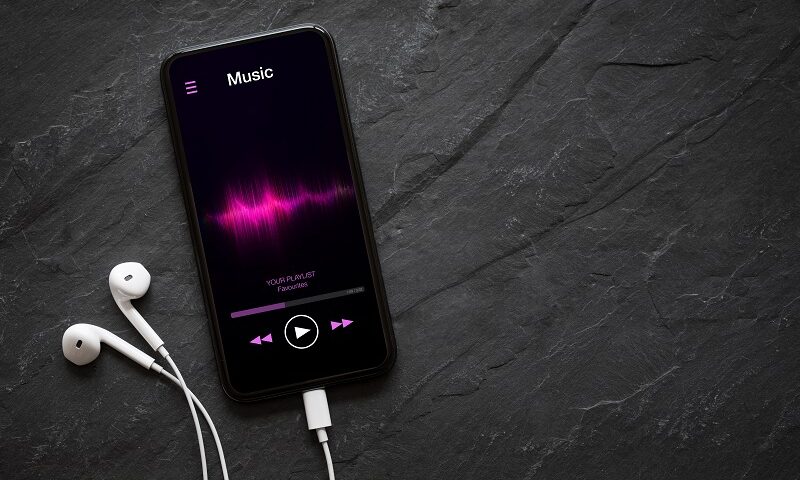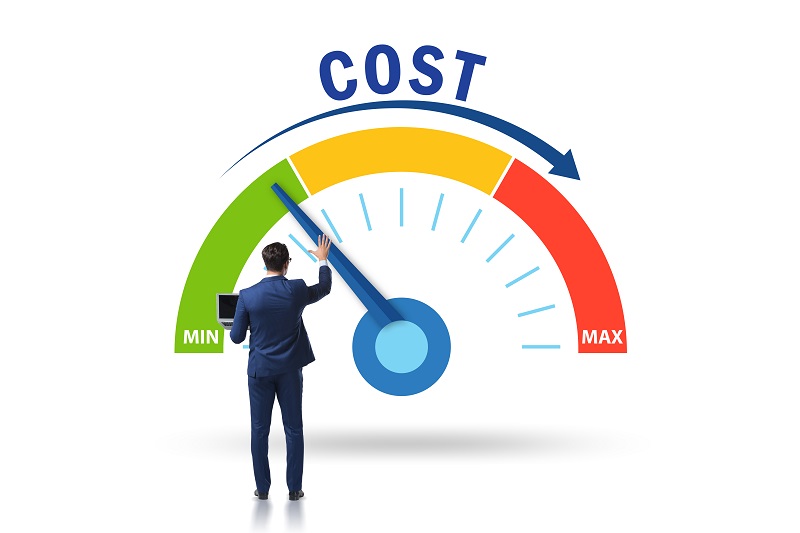Understanding How Metering and Billing Works in Today’s Digital Music Apps

Benefits Of Children Learning A Musical Instrument
December 17, 2021Understanding How Metering and Billing Works in Today’s Digital Music Apps

You are on your morning jog, listening to your favorite song on your music app. Before moving on to the next song, a notification reminds you that your payment for the service is due in a couple of days. The fee is usually automatically deducted, and you can continue listening to your favorite music as you burn those calories.
Music apps like Apple iTunes and Spotify are omnipresent in almost every smartphone. The widespread availability of broadband access has started to drive the development and usage of new and innovative content and stimulate the creation of new technologies for personal computers and consumer electronics. As a result, online music services have rapidly emerged as a significant trend.
How do these music apps meter their service usage and charge customers? Our blog explores this topic in detail. Want to gain more insights into usage-based billing software? (https://www.togai.com/) Read more here.
Digital Music: Driving Global Technology Markets
The music industry has undergone a transformative shift in recent years thanks to digital distribution, file-sharing, and new online business models. The impact of these changes is visible with the artists who are the suppliers for this industry and with the content creators and music lovers globally. The new music lifestyle has revolutionized how people create, distribute, and consume music.
Today, music is more accessible than ever, with a plethora of digital platforms and streaming services offering users easy access to a vast library of songs and artists. These advancements have created a new ecosystem that has transformed the music industry, making it more diverse, innovative, and democratic than ever before.
Like movie streaming services, music streaming apps have successfully created their niche by offering a vast database of music audio files and podcasts in numerous languages and garnering millions of active users all over the world.
One of the determining factors for these music apps to gain success is how they charge their customers. Most apps rely on metered billing instead of a flat monthly subscription fee.
Togai, a leading metering and billing platform, explores the importance of tracking usage and how music companies bill their customers using metered pricing.
What is Metered Pricing?
Metered services, or pay-per-use or consumption-based pricing, refer to any payment structure where customers can access an unlimited resource pool but are only charged based on what they consume.
Metered pricing is popular in the consumer market, especially where daily essentials like electricity, gas, and water are concerned. It is equally popular amongst internet service providers who charge customers based on actual usage instead of flat monthly fees.
Other businesses using metered pricing are:
- Infrastructure as a Service (IaaS)
- Software as a Service (SaaS)
- Cloud-based services like Amazon Web Service
- Platform as a Service (PaaS)

Metering & Billing in the Music Industry: How Music Apps Charge You
Of late, metered pricing has also permeated the entertainment industry. One of the popular ways to listen to music digitally is through Apple’s iTunes. The music platform allows users to preview a selection of songs for free before making a purchase. If a user downloads a particular song, a small fee is charged to complete the transaction.
Why Do Music Apps Rely On Metered Billing?
The entertainment industry as a whole faces enormous losses due to mediators who complicate financial transactions and render them unsafe for everyone in the business.
The current transaction process is often complex and poses significant safety concerns. As a result, consumers often find it challenging to carry out transactions, which creates a discouraging environment for new entrants in the industry. There are significant hurdles in reaching a large audience, ultimately affecting overall growth.
Furthermore, relying on a subscription limits the user from unsubscribing when they want to opt for another music app, thereby causing a loss for the subscriber and the streaming platform.
On the other hand, metered billing allows consumers to pay only for the music they want to listen to. This billing method ensures complete transparency since users are not billed for the music they do not listen to.
Metering and billing software empowers music apps to enable users to control their expenses and maximize their service. The software helps users track their usage and costs and make informed decisions to avoid unexpected charges.
The software enables the music app to optimize its service offerings by monitoring user trends and patterns, identifying the most preferred music trends, and making informed decisions about improving its services.
Conclusion
The landscape of digital music has evolved significantly, with streaming services like Apple iTunes and Spotify reshaping how music is consumed globally. The integration of metered billing systems, as explored through usage billing software like Togai, has become a pivotal strategy for these music apps. Metered pricing not only offers users the flexibility to pay for the music they consume but also addresses the challenges posed by complex financial transactions in the entertainment industry. This approach enhances transparency, empowers users to control their expenses, and enables music apps to adapt and optimize their services based on user preferences. As the music industry continues to thrive in the digital era, metered billing emerges as a crucial tool for fostering a dynamic, diverse, and democratic music ecosystem.

